The minimum stocking rate of 0.15 livestock units per hectare (LU/ha) proposed to demonstrate farming activity for grassland farmers under the impending CAP Strategic Plan 2023-2027 has been short-lived, with the minimum stocking rate proposal now reduced to 0.1LU/ha.
Reports indicate the swift change in lowering the proposed stocking rate was strongly influenced by maintaining a balanced stocking rate in hill and commonage areas.
This coincides with a proposal to change the livestock unit values for various categories of livestock, including sheep.
Under the proposals, the livestock unit value of sheep will reduce to 0.1LU from the current rate of 0.15LU.
Significant changes
There are also significant changes in stocking rate values for bovines. Dairy cows will be counted as 1LU/ha, along with male cattle over two years of age.
The livestock unit value for suckler cows has reduced from 1LU to 0.8LU in the proposals, with female cattle over two years of age also falling in to this bracket.
Cattle aged one to two years will have a stocking rate value of 0.7LU, while cattle under one year of age will be categorised as 0.4LU.
The CAP Strategic Plan submitted by Ireland for approval by the European Commission states that “support shall only be granted to those farmers engaged in a minimum level of agricultural activity”.
Relevance of changes
This agricultural activity will be assessed on a holding basis and it will require applicants to demonstrate the means by which the agricultural activity is carried out on the holding.
The CAP document submitted to Brussels states that “for an applicant to be deemed active they must demonstrate how they bear the economic and agricultural risk with regard to the agricultural activity being undertaken”.
This check will be completed on an annual basis and the Department of Agriculture highlights that it is a safeguard “to ensure the person receiving the scheme payments is the person farming the land being claimed”.
Grassland farmers
As mentioned above, with regards grassland farmers, a minimum stocking level proposed of 0.10LU/ha will be deemed active.
A caveat to this stocking density is whereby a lower stocking rate may be justified on environmental grounds, similar to the current process under the Areas of Natural Constraint.
In relation to grassland farmers who maintain their lands by non-grazing means, they will be asked to indicate how land is maintained and be in a position to provide evidence to support this declaration.
Examples listed include the making of hay or silage and, in such cases, the Department has previously specified documentation such as the purchase of fertiliser or plastic wrap or proof of payments made to cover contracting costs or received for sold forages may be required to prove agricultural activity.
Proposals
The proposals also state that actions such as topping or mulching can be viewed as an agricultural activity and be indicated on the Basic Income Support for Sustainability (BISS) application from 2023 onwards, along with denoting if it is planned to purchase livestock in 2023.
Existing databases such as the animal identification and movements (AIM) and the annual sheep census will be the first port of call.
In addition, further information may be required on specific parcels of lands such as commonage parcels, with questions raised where suitable stock are not present on the holding to graze the commonage or where an applicant is claiming on land parcels which are located a long distance from the main farming hub.
What constitutes a ‘long’ distance is not outlined in the documentation, but it is likely that it ties in with situations which have occurred in the past, such as farmers leasing commonage ground for nitrates purposes.
Tillage lands
A percentage of farmers involved in tillage and/or permanent crops will be subject to administrative checks annually and required to provide evidence of activity.
For tillage farmers, this will likely include documentation such as receipts for seed, fertiliser, pesticides (if applicable), etc.
As is the case for grassland farmers, documentation will need to be in the name of the applicant who has submitted the BISS application.
The Department also outlines that a valid share farming agreement will be deemed as a legitimate means of demonstrating activity.
The Department outlines that it will carry out such checks in the first half of 2022 and write to farmers who are at risk of failing the active farmer check in 2023 based on current Department records.
Eco-scheme considerations
The Department has also highlighted that in order to issue payments for eco-scheme measures before the end of 2023, it intends to use a farmer’s 2022 stocking rate to qualify him/her for payment under the relevant eco-scheme measure in 2023.
The 2023 stocking rate will be used for the 2024 payment and so on.
The coefficients discussed above will be used for the eco-scheme measure ‘extensive livestock production’.
Under this measure, a farmer is rewarded for farming between 0.10LU/ha and 1.5LU/ha.



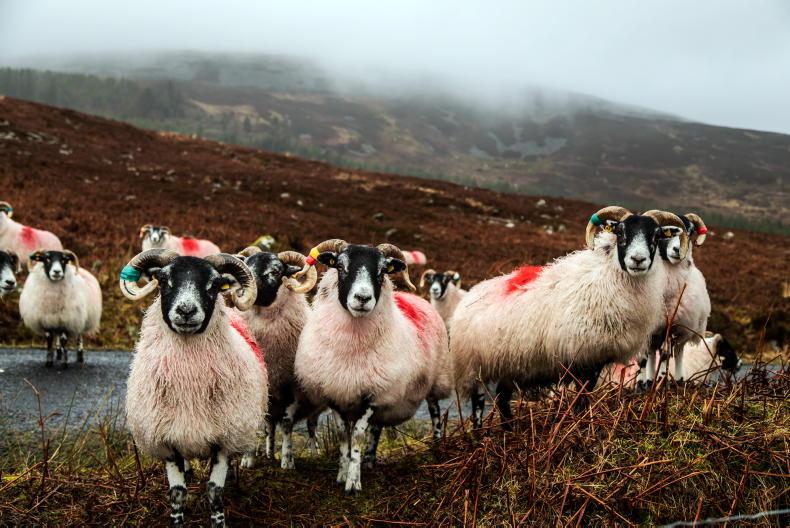

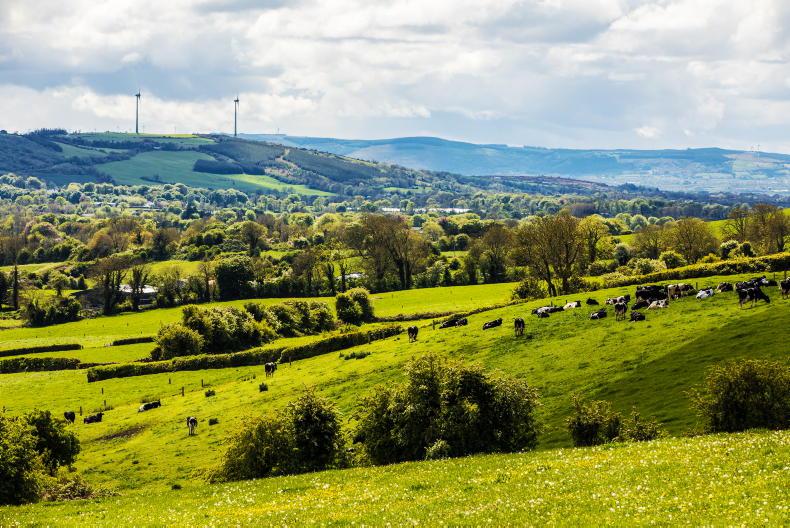
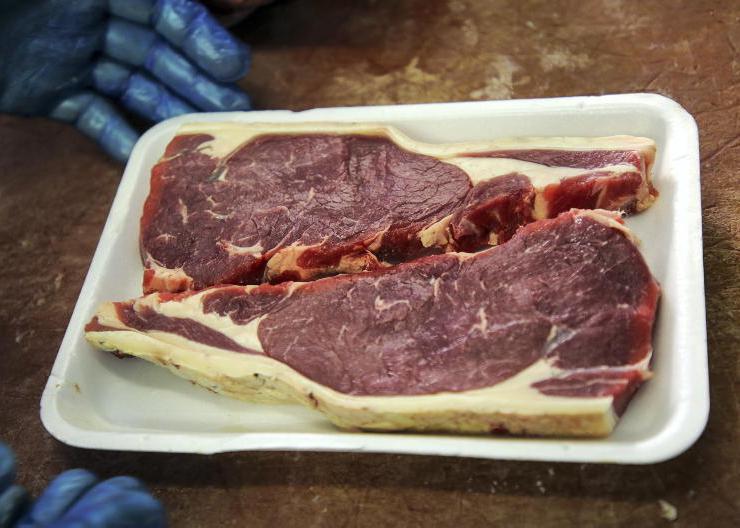
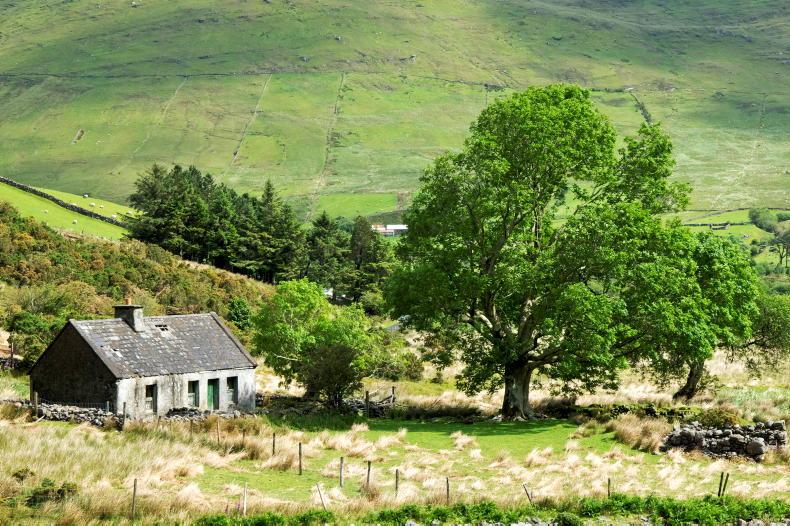
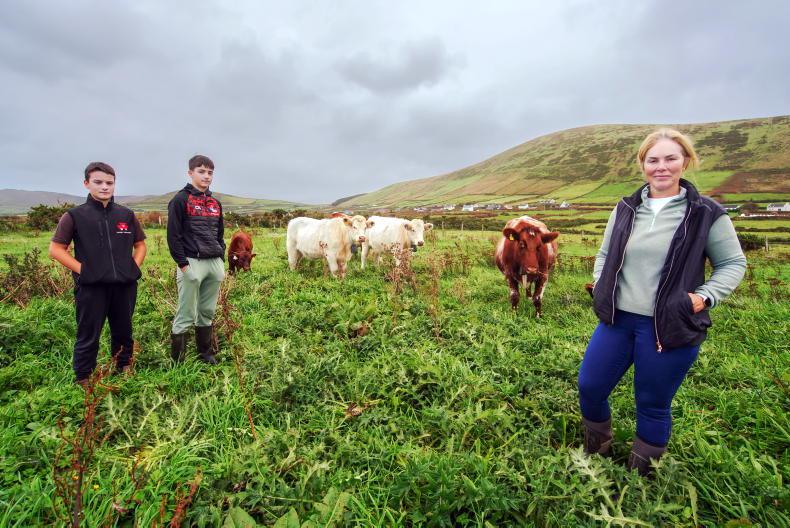
SHARING OPTIONS